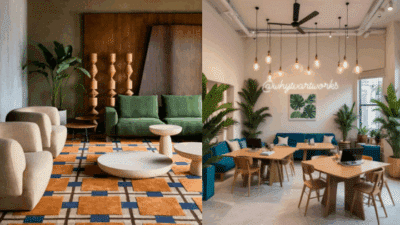Hey there, art lovers and creative souls! Ever feel like you’re constantly searching for that spark, that fresh perspective that jolts your imagination awake? In our increasingly digital world, that spark is often just a click away, nestled within the vibrant pages of artistic online magazines. These aren’t just your grandma’s glossy print editions gone digital; they’re dynamic, interactive powerhouses of creativity, curating everything from cutting-edge contemporary art to timeless design principles, photography showcases, and deep dives into artistic theory.
Gone are the days when access to the art world was limited by geography or expensive subscriptions. Today, a universe of visual splendor and intellectual stimulation is available at your fingertips, offering an endless scroll of inspiration. Whether you’re an established artist seeking new trends, a budding creator looking for guidance, or simply someone who appreciates beauty and innovation, artistic online magazines are indispensable resources. They’ve revolutionized how we consume, share, and even participate in the global art conversation. Let’s dive in and explore this exciting realm, uncovering why these digital platforms are essential for anyone with a creative pulse.
Why Artistic Online Magazines Are Essential in the Digital Age
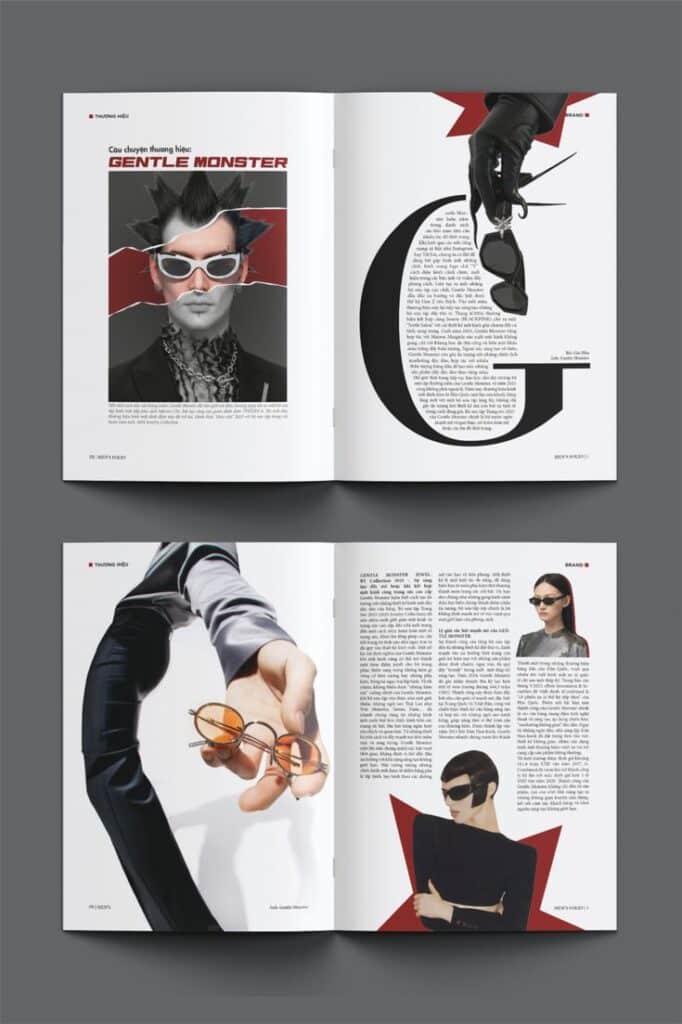

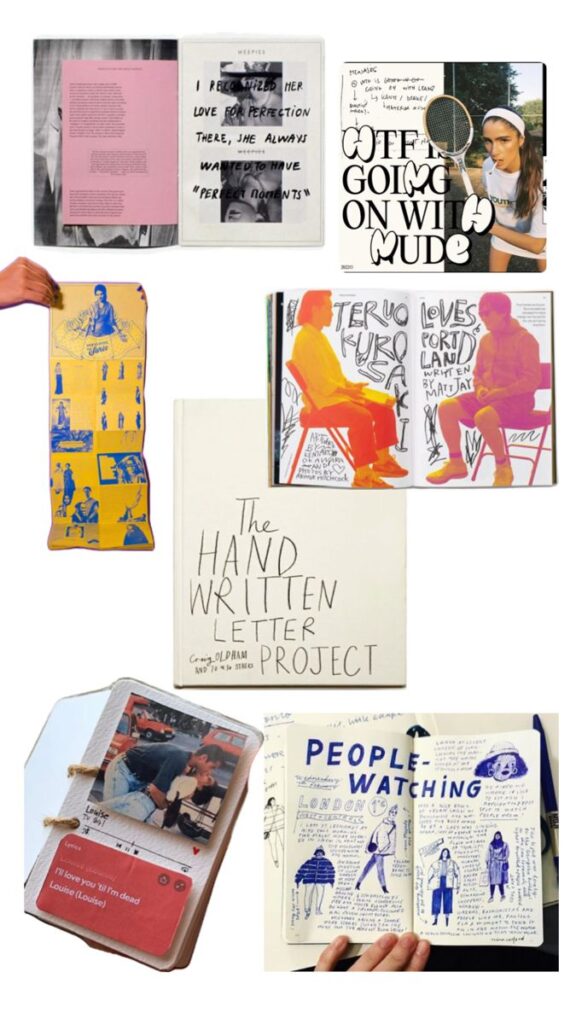
The shift from physical to digital isn’t just a trend; it’s a transformation that has profoundly impacted the art world. Artistic online magazines stand at the forefront of this evolution, offering benefits that traditional print simply can’t match.
First and foremost, accessibility is king. Imagine having a global art gallery, a design studio, and a philosophical discourse space all rolled into one, available 24/7, anywhere you have an internet connection. This democratizes art, breaking down the barriers of cost, location, and exclusivity. Suddenly, a struggling artist in a remote town can discover the latest movements from New York or Paris, and an enthusiast in one corner of the world can appreciate a niche art form from another.
These platforms also champion diversity. They’re not constrained by the physical space of a page, allowing them to feature an incredible breadth of art forms, artists, and voices that might otherwise go unnoticed. From experimental digital art to street photography, intricate illustrations, and performance pieces, the spectrum of content is vast. This rich tapestry ensures that everyone can find something that resonates, pushing boundaries and expanding horizons.
Furthermore, online magazines often lead with immediacy. The digital format allows for rapid publication, meaning you’re always getting the most current news, exhibitions, and trends as they happen. This real-time access keeps you connected to the pulse of the art world, fostering a sense of continuous discovery and engagement. It’s an endless wellspring of fresh ideas, pushing creatives to constantly evolve their own practice.

Navigating the Digital Canvas: What to Look For



With so many artistic online magazines out there, how do you sift through the noise to find the gems that truly speak to your aesthetic and intellectual interests? It’s like being in a massive art fair; you need a strategy.
1. Visual Quality and Presentation:
This might seem obvious, but it’s paramount. An artistic magazine, whether online or print, must be a feast for the eyes. Look for high-resolution images, clean layouts, and thoughtful typography. Does the design enhance the art, or detract from it? A well-designed magazine understands that its presentation is part of the art itself. It should make you want to linger on each page.
2. Editorial Depth and Insight:
Beyond pretty pictures, what kind of stories are they telling? Are the articles insightful, well-researched, and engaging? Do they offer critical analysis, artist interviews, or thought-provoking essays that go beyond surface-level descriptions? The best magazines don’t just show you art; they help you understand it, appreciate its context, and connect with its creators. They might even inspire you to explore your own creative routines, like trying out 5 morning routines that spark creativity.
3. Niche Specialization:
Are you into contemporary painting, abstract sculpture, avant-garde fashion, or perhaps industrial interior design? Many online magazines cater to specific niches. While broader art magazines offer a good overview, specialized ones dive deep. If you have a particular interest, seek out magazines that focus intently on that area. This ensures the content is always highly relevant to your passion. For example, some might specialize in specific art forms, offering tutorials or insights into practices like drawing chicano art.
4. Community Engagement and Interaction:
Does the magazine foster a sense of community? Look for comment sections, forums, or opportunities for artists to submit their work. A truly dynamic online magazine isn’t just a one-way street of content delivery; it’s a platform for discussion, networking, and mutual support among artists and art enthusiasts.
5. User Experience (UX):
How easy is it to navigate the site? Is it mobile-friendly? Does it load quickly? A clunky, slow, or poorly organized website can quickly detract from even the most compelling content. A smooth, intuitive UX ensures a pleasant and productive browsing experience.
A Curated Collection: Top Artistic Online Magazines to Explore
Let’s imagine a few archetypes of stellar artistic online magazines that are out there, each offering a unique flavor of inspiration. While I can’t list real-time, ever-changing platforms, these examples represent the kind of exceptional content you can find.
The Avant-Garde Observer: Fluid Forms Magazine
This imagined magazine champions experimental and conceptual art. It’s where you’d find profiles of performance artists pushing boundaries, in-depth analyses of digital installations, and critiques of emerging art movements. Fluid Forms isn’t afraid to challenge conventional notions of art, often featuring pieces that provoke thought and spark debate. Their layouts are minimalist, letting the often-complex visual art speak volumes, complemented by philosophical essays that unpack the deeper meanings. They often feature interactive galleries and virtual exhibition tours, blurring the lines between reading and experiencing.
The Visual Storyteller: Lens & Line Journal
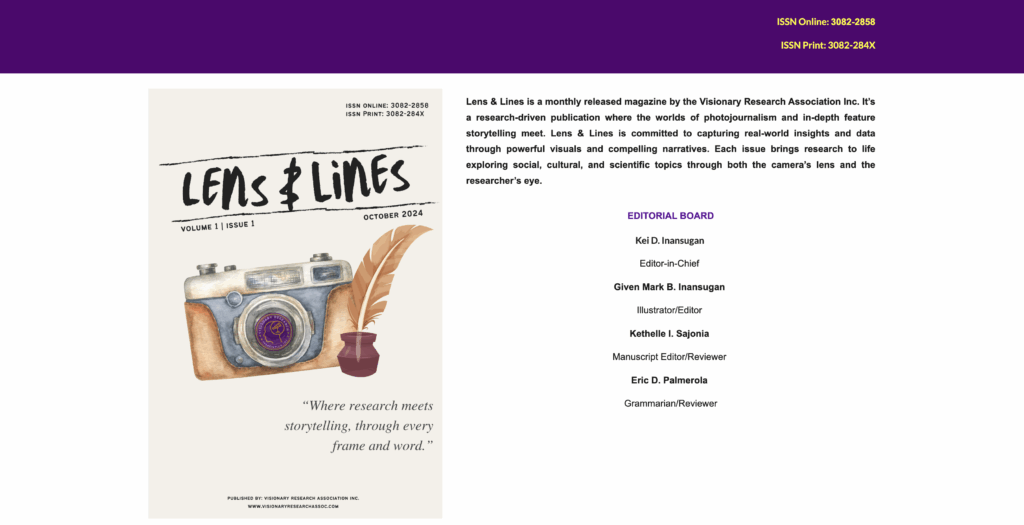
If photography and illustration are your jam, Lens & Line would be your go-to. This digital journal celebrates the power of visual narrative, showcasing breathtaking photo essays from around the globe, intimate portraits of creatives, and innovative illustrative works. They feature emerging photographers alongside established masters, providing context to their work through compelling interviews and behind-the-scenes glimpses. Their “Artist Spotlight” series often includes short documentaries, bringing the creators’ processes to life. They might even offer tips on creating compelling visual assets, tying into broader design principles like logo design ideas.
The Design Innovator: Craft & Code Digest
For those fascinated by the intersection of design, technology, and functionality, Craft & Code would be an invaluable resource. This magazine covers everything from cutting-edge product design and innovative architectural projects to the latest trends in graphic and UX/UI design. It often features case studies of groundbreaking projects, interviews with leading designers, and explorations into how technology, like 3D printing, is reshaping creative industries. They don’t just show beautiful designs; they explain the thought process, the materials, and the impact. This is where you’d find content that might also overlap with discussions on best design magazines generally.
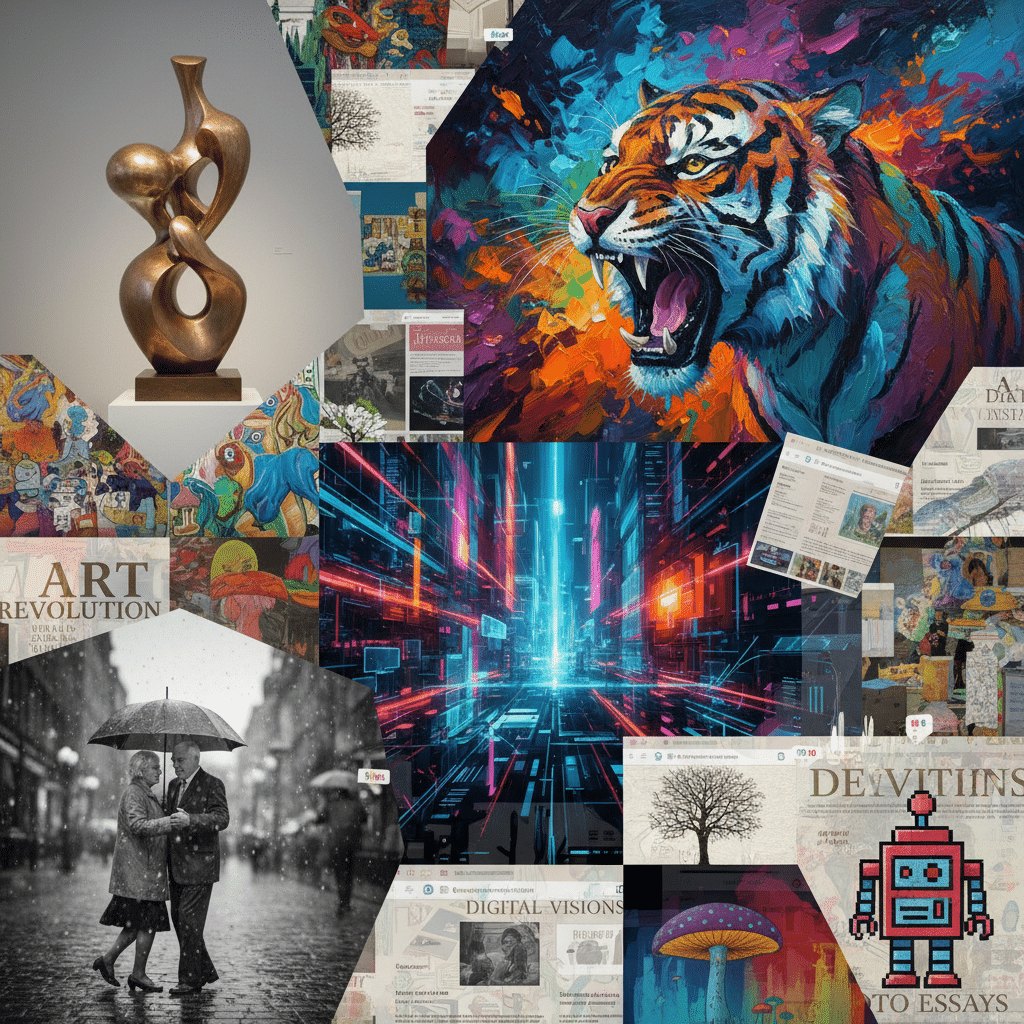
The Fashion & Culture Chronicler: Thread & Vision Quarterly

Beyond merely showcasing clothes, Thread & Vision explores fashion as an art form, a cultural statement, and a reflection of society. This magazine delves into the history of fashion, features avant-garde designers, and analyzes the artistry behind haute couture. It often includes editorial shoots that are works of art in themselves, cultural essays on textile traditions, and discussions on how fashion intertwines with broader artistic movements. They’d likely explore the storytelling behind celebrity fashion or the aesthetic of vintage styles.
The Emerging Voices Collective: Palette Unbound
Dedicated to discovering and promoting new talent, Palette Unbound is a platform for emerging artists from all disciplines. It’s less about established names and more about the raw, exciting energy of discovery. Each issue would be a showcase of submissions, curated with a keen eye for originality and potential. They often include personal narratives from artists about their journey, practical advice for navigating the art world, and resources for funding and exhibition opportunities. This type of magazine truly embodies the democratic spirit of online publishing.
The Power of Visuals: How Online Magazines Elevate Art

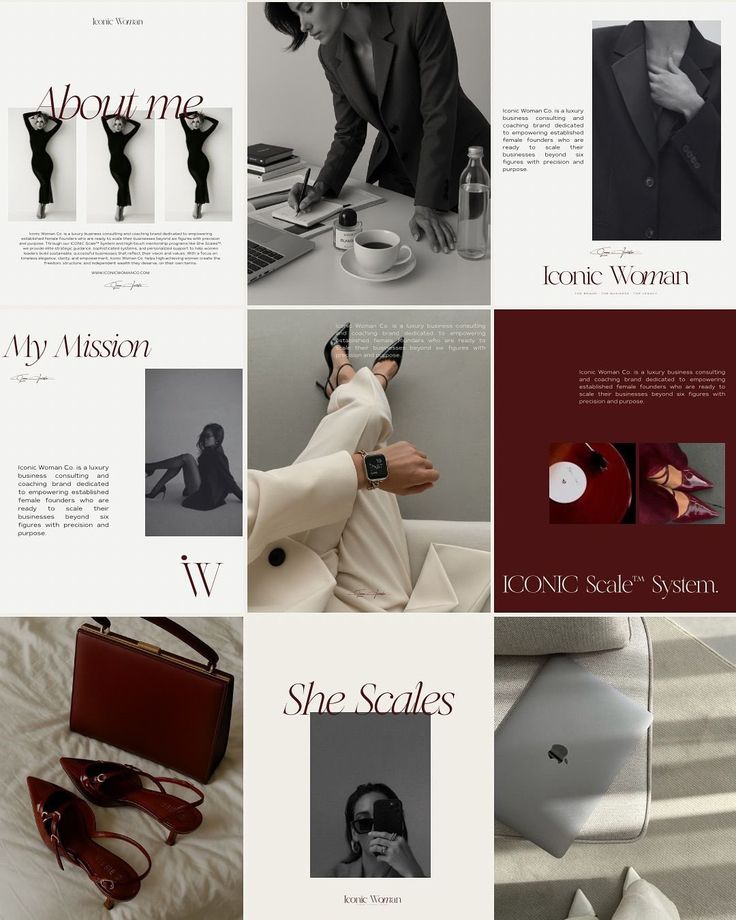
One of the most profound advantages of artistic online magazines is their capacity to present art in ways that static print simply cannot. This isn’t just about showing a picture; it’s about creating an immersive visual experience.
High-Resolution and Detail: Digital platforms can display images in incredibly high resolution, allowing viewers to zoom in and examine intricate details, brushstrokes, or textures that might be lost in print. This level of intimacy with the artwork fosters deeper appreciation and understanding. Imagine scrutinizing every tiny element of a Renaissance masterpiece or the subtle gradients in a contemporary photograph.
Interactive Elements and Multimedia: This is where online truly shines. Magazines can embed videos of artists at work, documentaries about art movements, 360-degree views of sculptures, or even augmented reality (AR) experiences that let you “place” a piece in your own space. GIFs, short animations, and soundscapes can accompany visual pieces, creating a multi-sensory engagement that transcends traditional viewing. For instance, an article about street art might include a video of the artist creating a mural, complete with interviews and background music.
Dynamic Layouts: Unlike rigid print layouts, online magazines can employ dynamic, responsive designs that adapt to different screen sizes and orientations. They can use parallax scrolling, animated transitions, and interactive infographics to guide the viewer through a narrative, making the act of reading an artistic experience in itself. This means an article about, say, the best kinds of wall art that instantly make a room feel cooler isn’t just text and images, but a journey through visual examples.

Staying Ahead of the Curve: Trends in Artistic Online Publishing
The digital landscape is constantly evolving, and artistic online magazines are at the forefront of adopting new technologies and approaches to enhance the art experience.
AI-Powered Personalization: Imagine a magazine that learns your preferences, recommending artists, articles, and exhibitions tailored specifically to your taste. AI algorithms are already being used to personalize content feeds, making discovery more efficient and enjoyable. This means less sifting and more relevant inspiration.
VR/AR Experiences: Virtual and augmented reality are poised to revolutionize how we interact with art. Online magazines are experimenting with VR galleries where you can “walk through” an exhibition from your living room, or AR features that project artworks onto your walls, offering a truly immersive way to experience and consider art. This isn’t just about viewing; it’s about interacting with and inhabiting the art space.
Subscription and Membership Models: While many platforms offer free content, a growing number are moving towards subscription or membership models. These often provide exclusive access to premium content, early peeks at new features, special events, and ad-free browsing. This ensures sustainability for high-quality content creation and often fosters a more dedicated community of readers.
Hyper-Niche Specialization: As the digital space becomes more crowded, many online magazines are refining their focus, specializing in incredibly specific niches – perhaps only digital collage art, or only kinetic sculpture, or even just automotive design. This allows them to become the definitive resource for that particular interest, attracting a highly engaged and passionate audience.
For Aspiring Artists: Leveraging Online Magazines for Exposure and Growth
If you’re an artist looking to make your mark, artistic online magazines aren’t just sources of inspiration; they’re powerful tools for career development.
Identify Your Target Publications: Research magazines that align with your style, medium, and artistic philosophy. Don’t just submit everywhere; be strategic. Read past issues to understand their editorial voice and the type of artists they feature. If you specialize in certain techniques, like creating drawing people, look for magazines that appreciate and showcase that skill.
Cultivate a Strong Portfolio: Your submission is only as good as your portfolio. Ensure your best work is professionally photographed or digitally rendered, consistently presented, and easy to navigate. A concise, impactful portfolio dramatically increases your chances of getting noticed. High-quality imagery is key.
Read Submission Guidelines Carefully: Every magazine has specific submission requirements. Adhering to these demonstrates professionalism and respect for their time. Ignoring them is a surefire way to get overlooked. Pay attention to image formats, word counts for artist statements, and preferred contact methods.
Network and Engage: Participate in the magazine’s community. Leave thoughtful comments, join discussions, and attend virtual events. Building connections within the art world, even digitally, can lead to unexpected opportunities and collaborations. You never know who might see your name or appreciate your insights.
Learn from the Best: Study the work of artists featured in these magazines. Analyze their techniques, their narratives, and how they present themselves. This isn’t about imitation, but about absorbing lessons and finding new ways to refine your own unique artistic voice. It’s a continuous learning process.
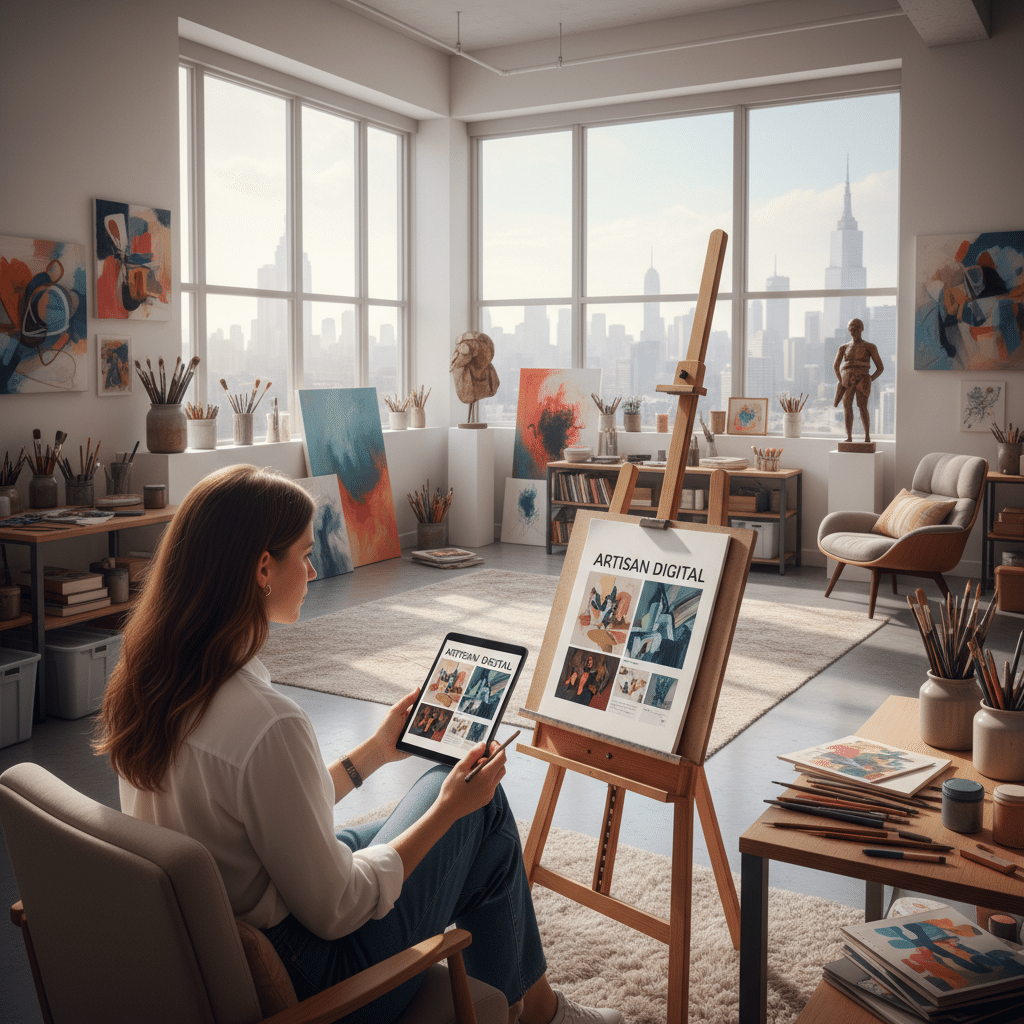
Conclusion
From providing an endless wellspring of inspiration to democratizing access and fostering global communities, artistic online magazines have cemented their place as indispensable resources for anyone passionate about creativity. They are more than just digital pages; they are dynamic canvases reflecting the ever-evolving spirit of art itself, offering deep dives into diverse disciplines, spotlighting emerging talents, and sparking conversations that transcend geographical boundaries.
Whether you’re an artist seeking exposure, a designer hunting for fresh ideas, or simply someone who finds joy in beauty, these platforms offer an unparalleled journey into the heart of the art world. So, what are you waiting for? Dive in, explore the incredible breadth of artistic online magazines, and let their boundless creativity ignite your own. The next masterpiece, or perhaps your next big idea, might just be a click away.
How do online magazines enhance the presentation of art compared to print?
Online magazines can display high-resolution images allowing detailed examination, include multimedia like videos and interactive galleries, and employ dynamic layouts that adapt to different devices, creating more immersive and engaging art experiences.
What should I consider when choosing an online art magazine to follow?
When selecting an online art magazine, focus on its visual quality and presentation, the depth of its editorial content, relevance to your interests or niche, community engagement features, and overall user experience to ensure it offers inspiring and meaningful content.
Why are artistic online magazines so important in today’s digital era?
Artistic online magazines are essential today because they make art accessible to a global audience 24/7, promote diversity by showcasing various art forms and voices, and provide immediate updates on current trends and exhibitions, fostering continuous inspiration and engagement.
In what ways can online art magazines help emerging artists gain exposure?
Emerging artists can leverage online magazines by researching and submitting to publications that fit their style, curating a strong professional portfolio, following submission guidelines, engaging with the community, and learning from featured artists to improve and refine their work.
What trends are shaping the future of online art publishing?
The future of online art publishing includes AI-driven personalized content, virtual and augmented reality experiences, subscription models for exclusive access, hyper-niche specialization, and interactive storytelling, all designed to create more immersive and tailored experiences for users.
- 217shares
- Facebook0
- Pinterest217
- Twitter0

